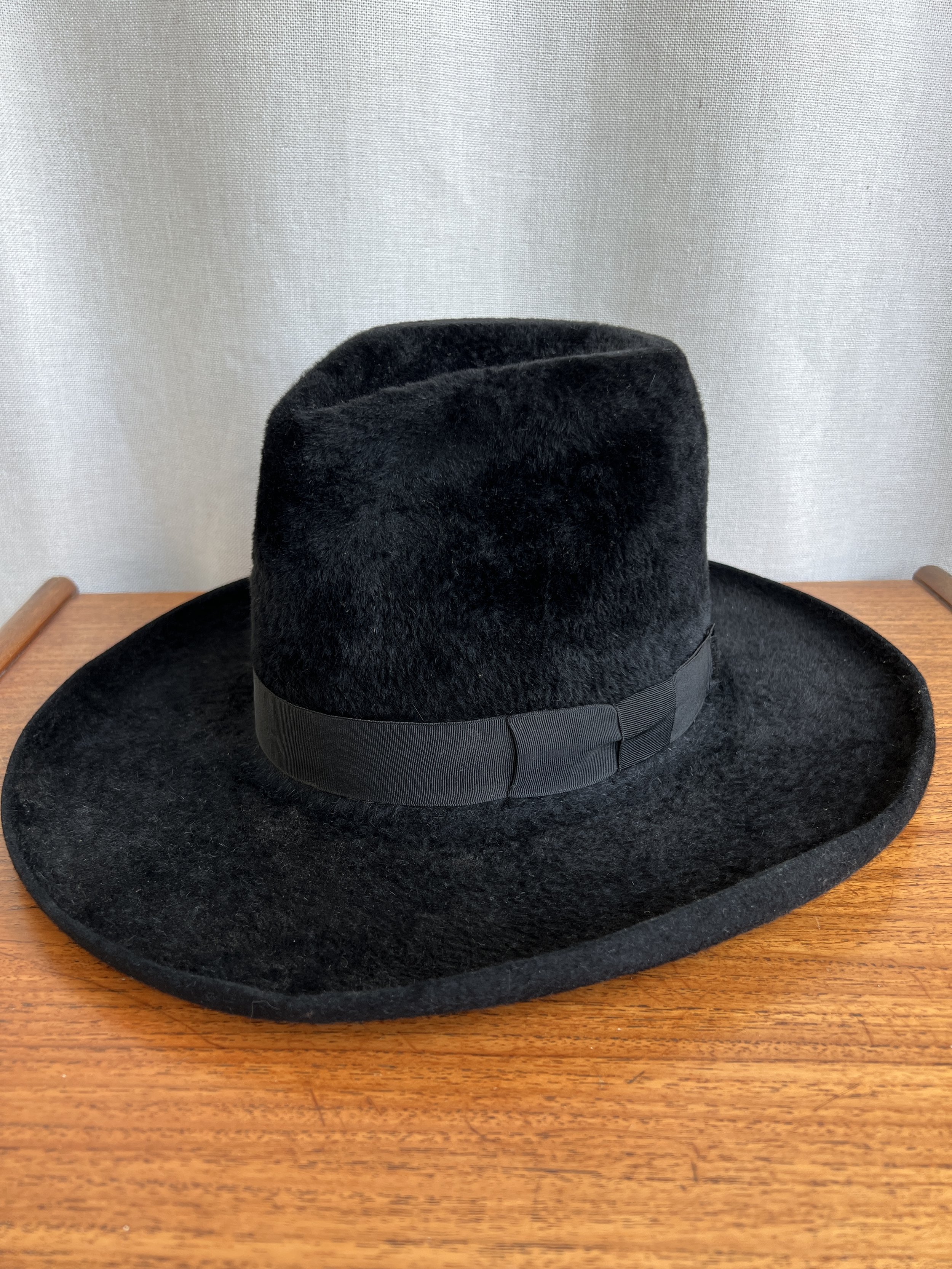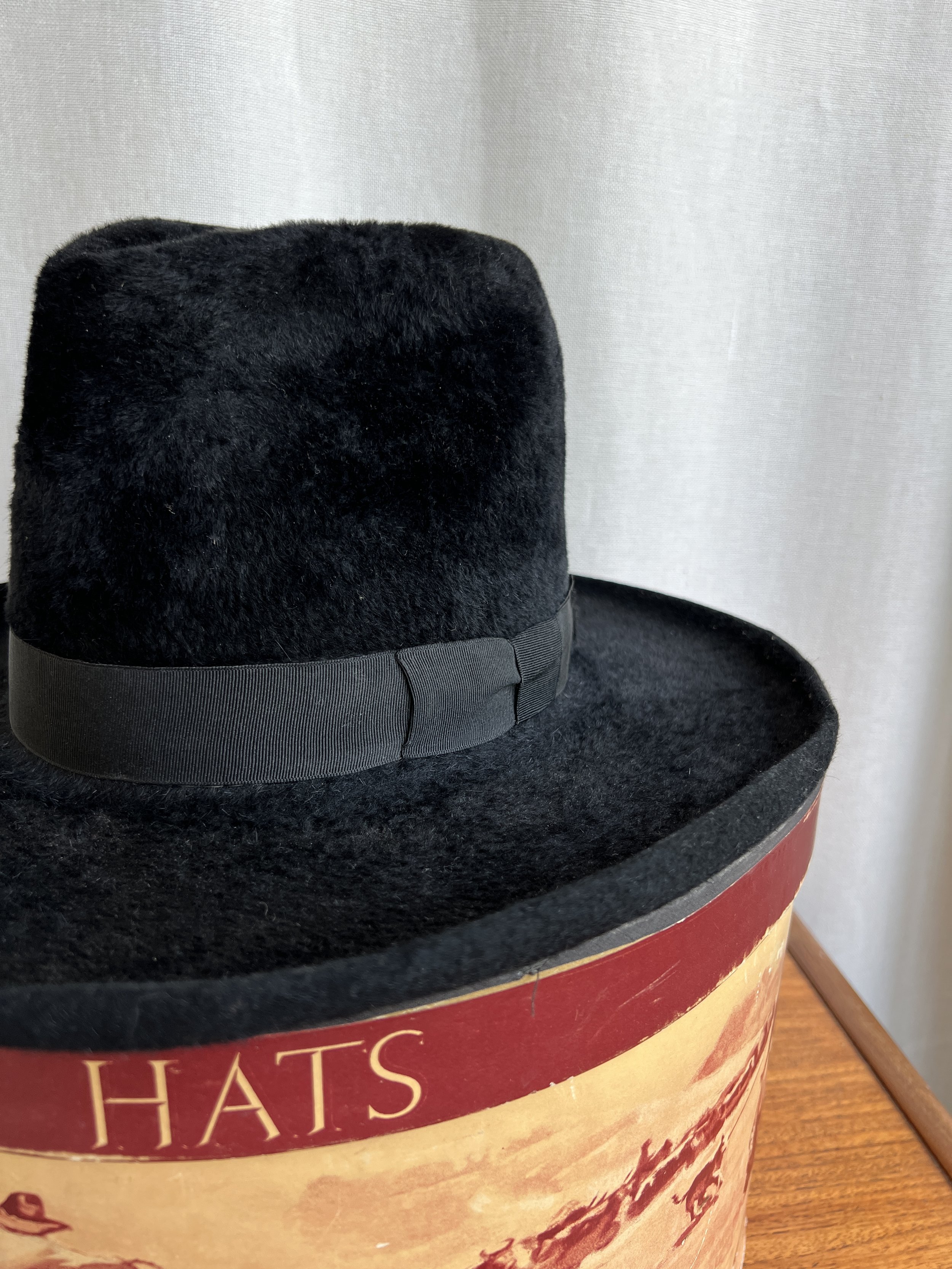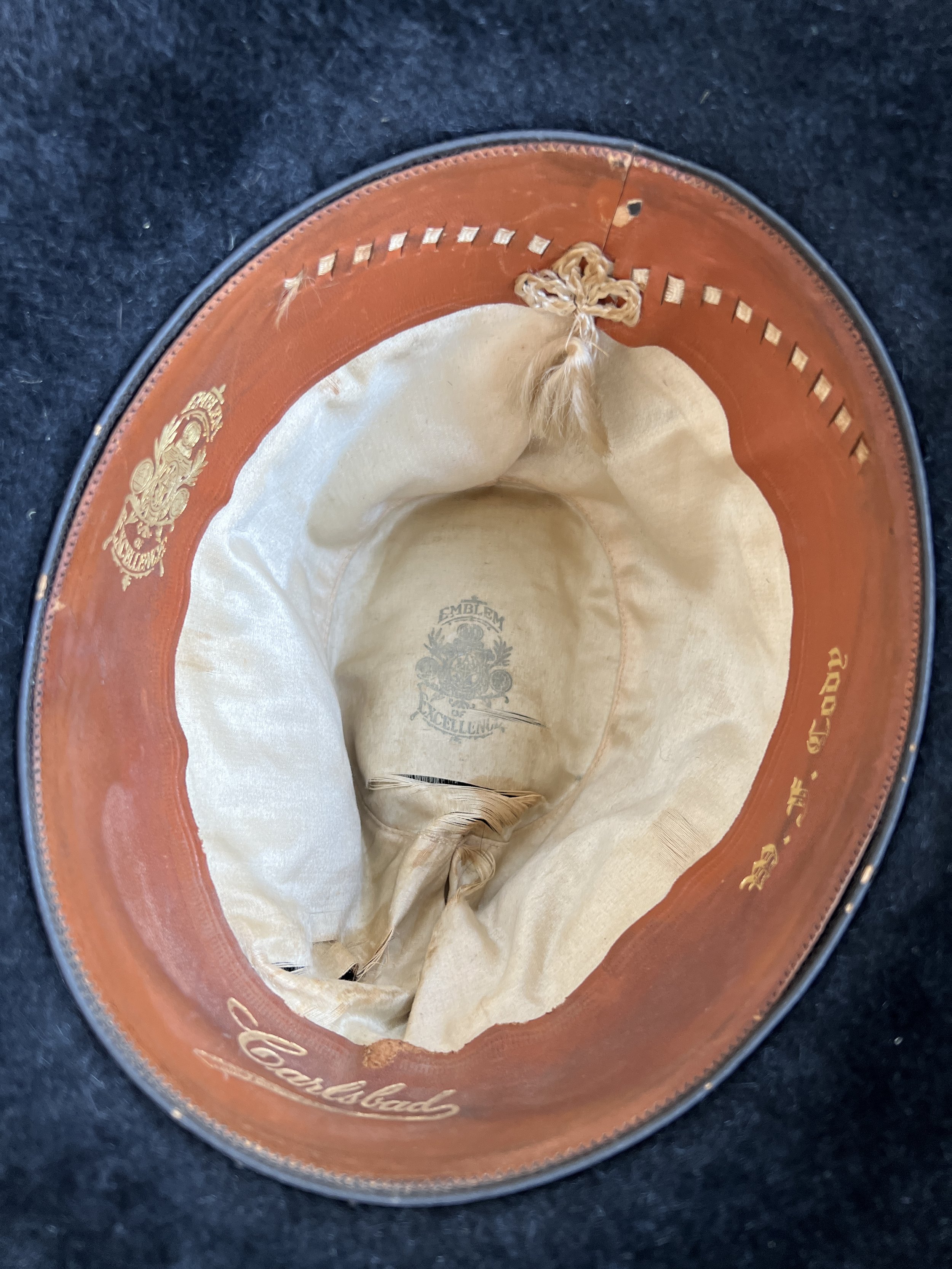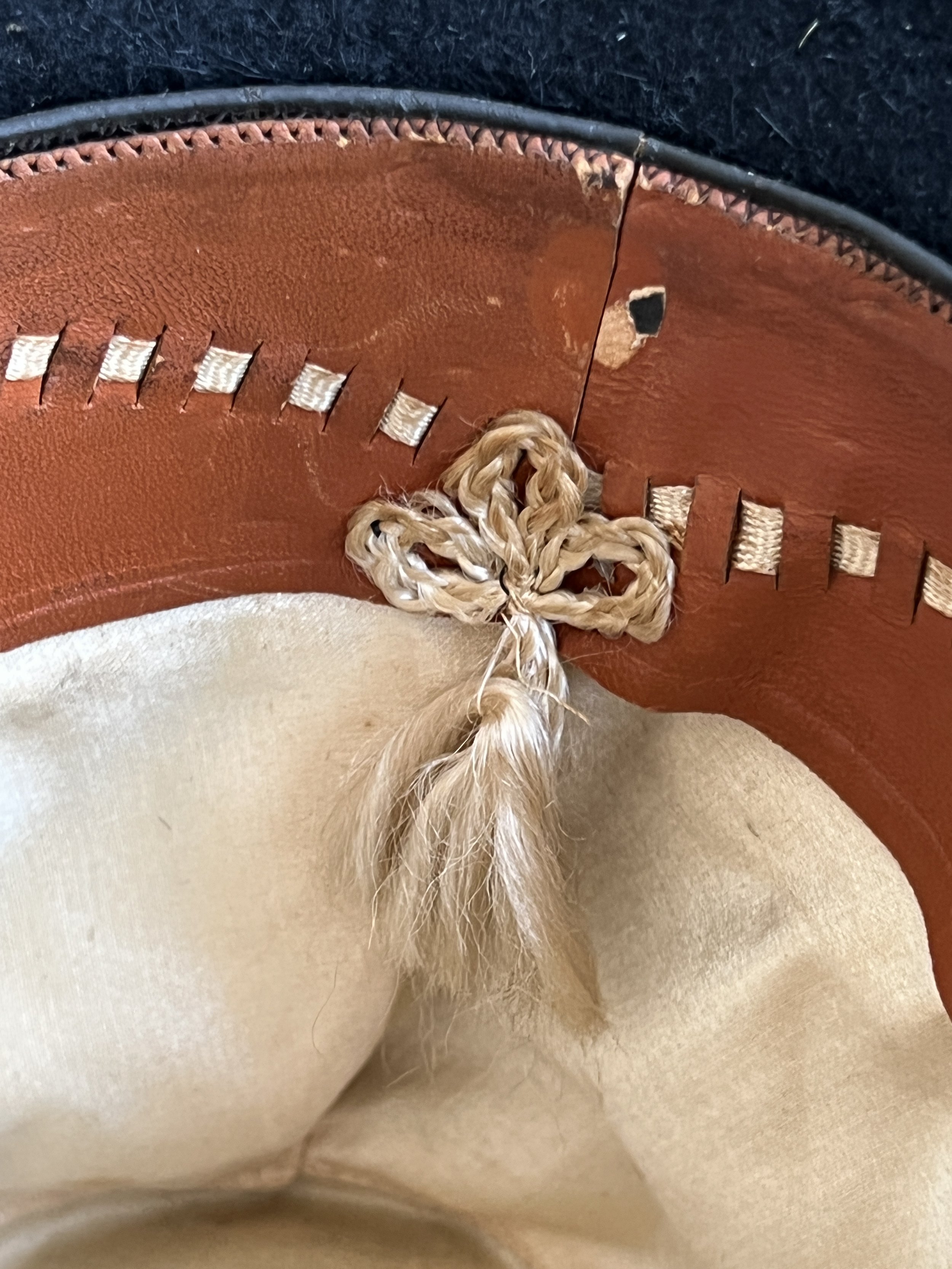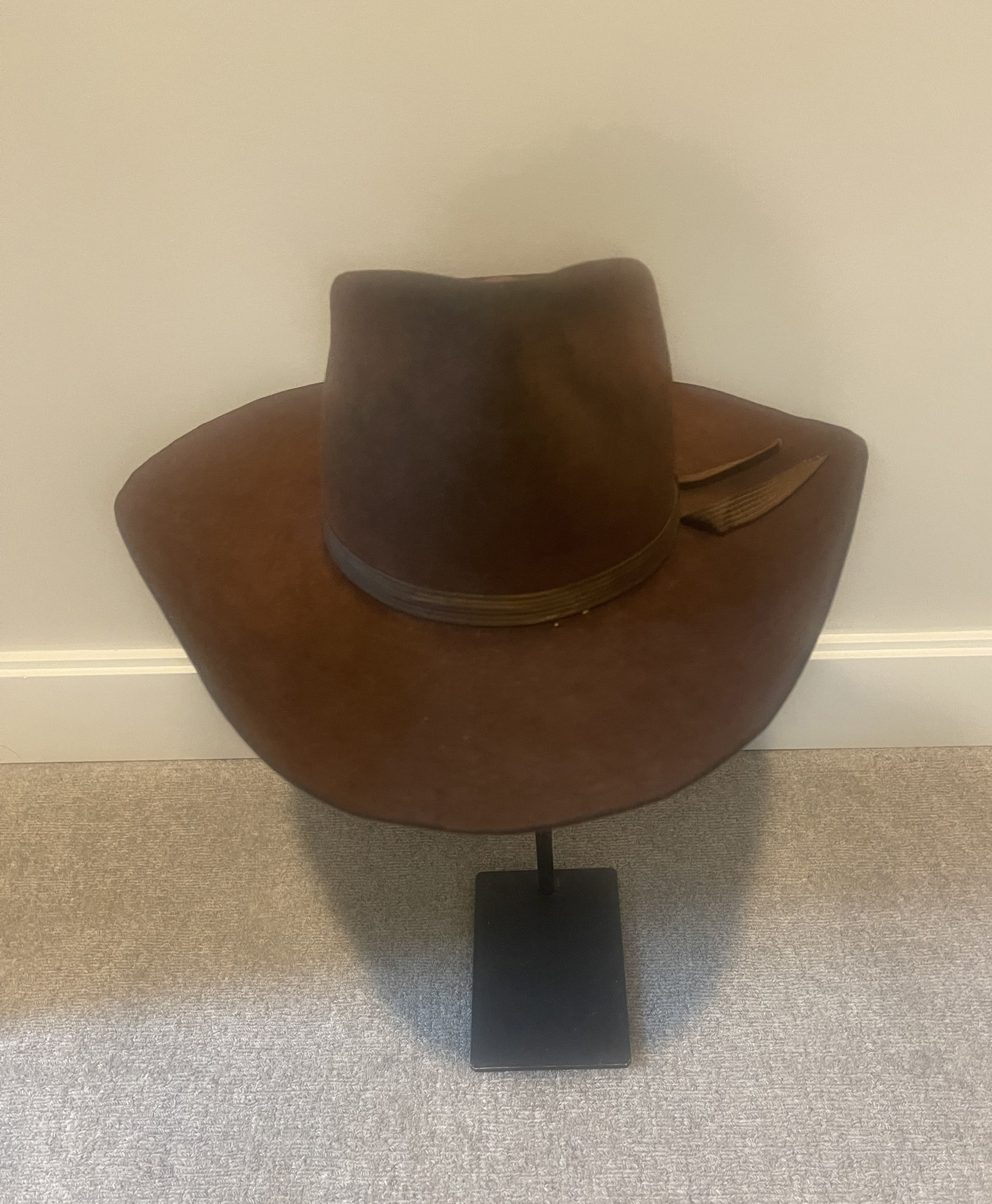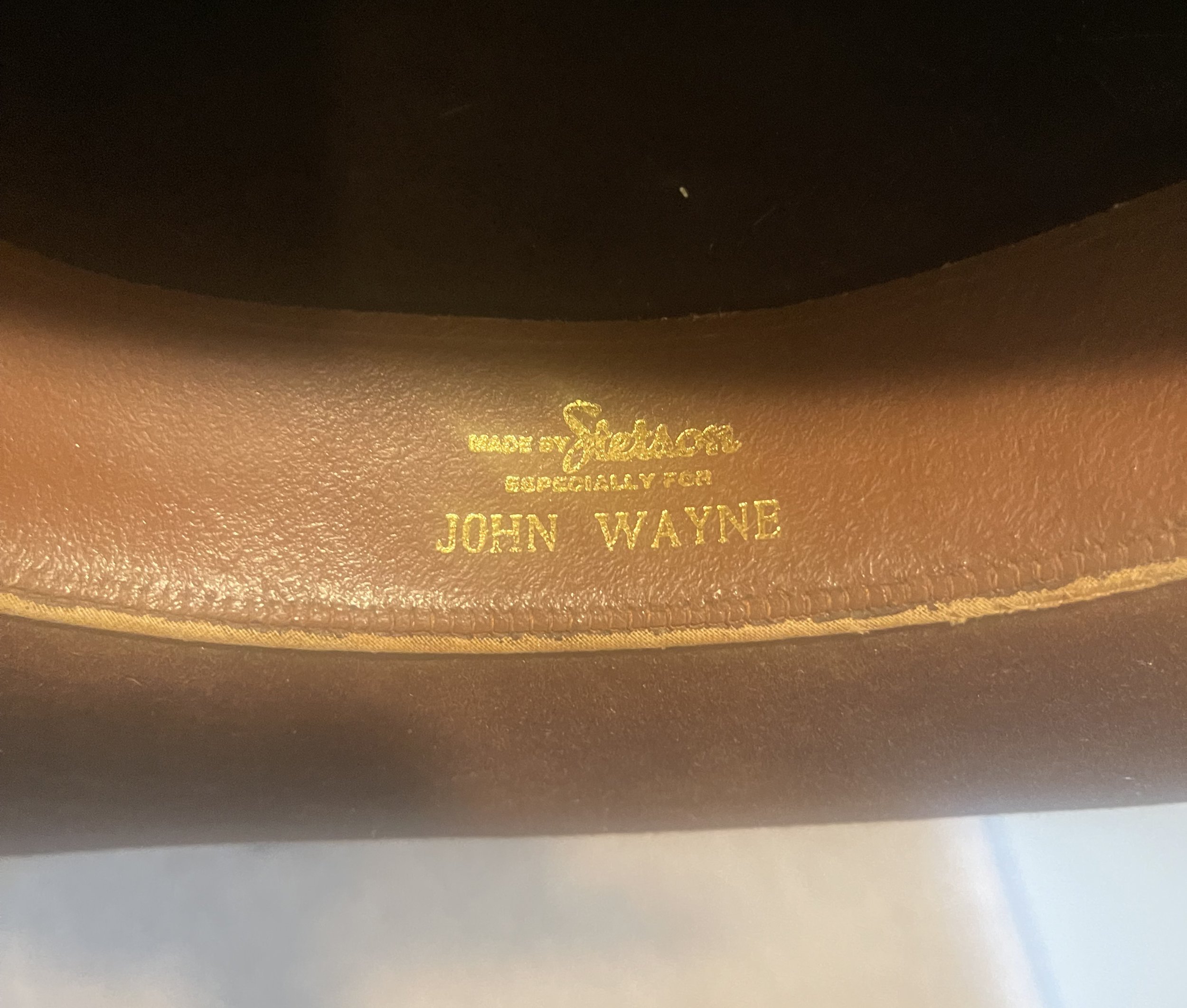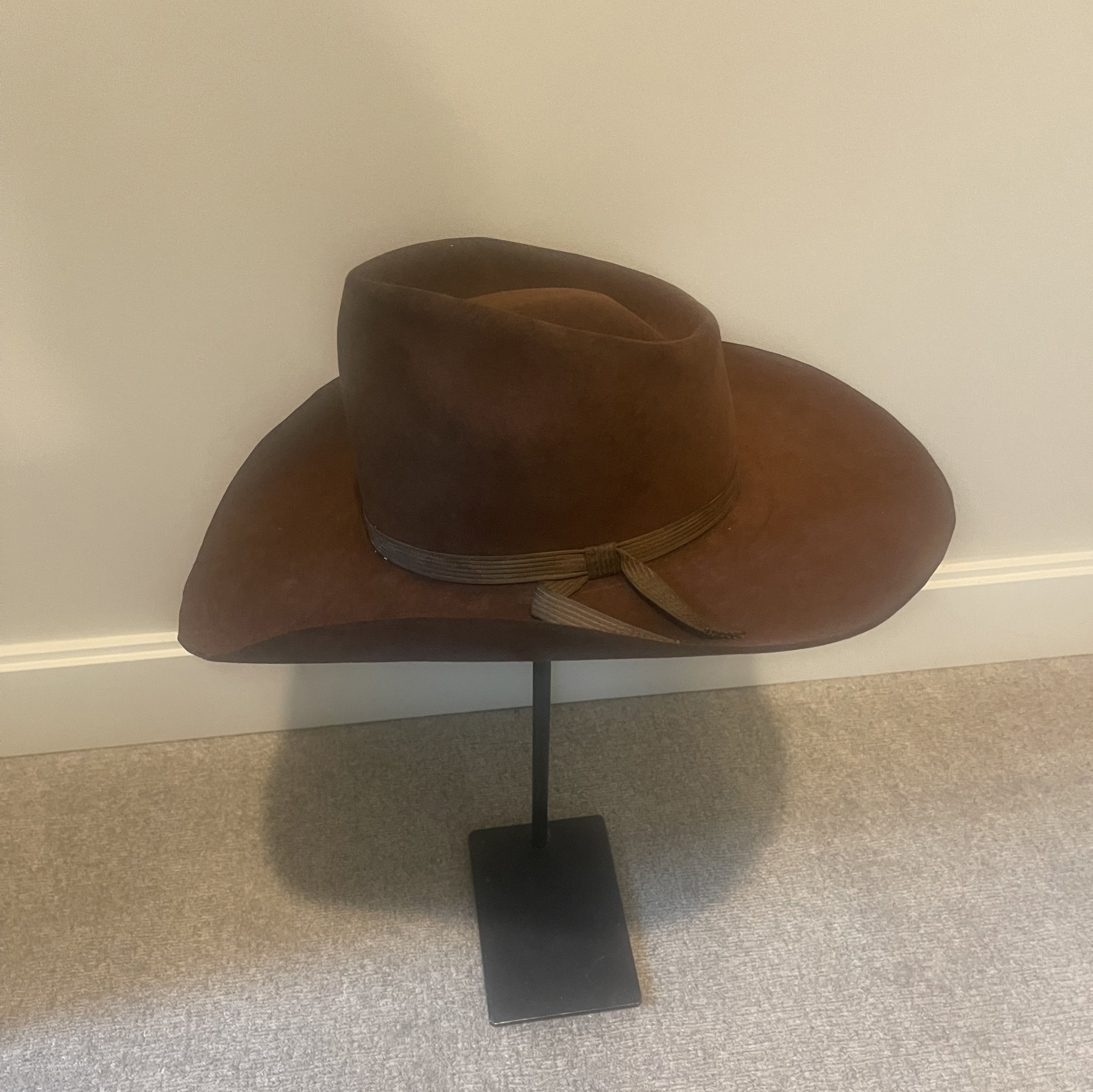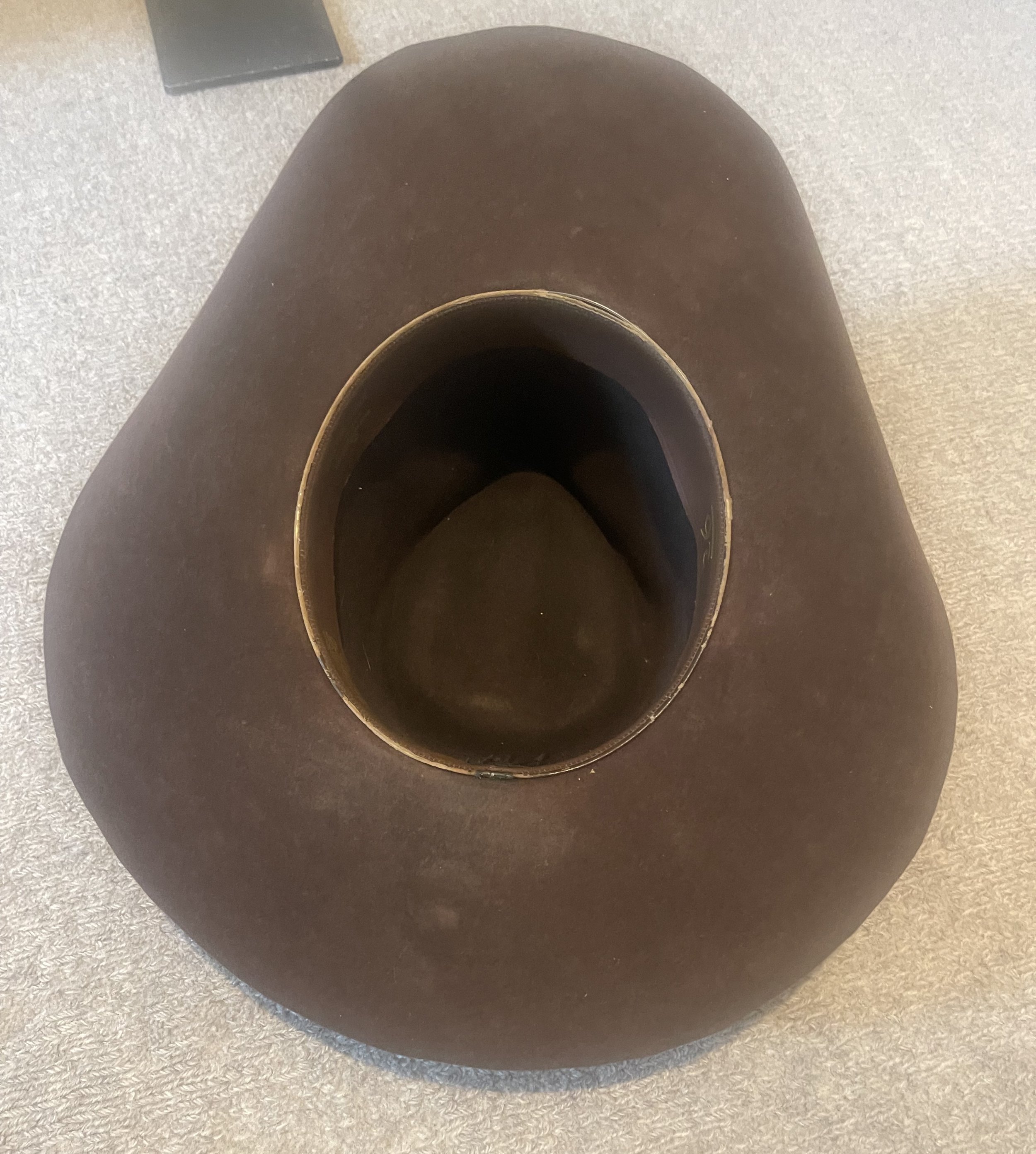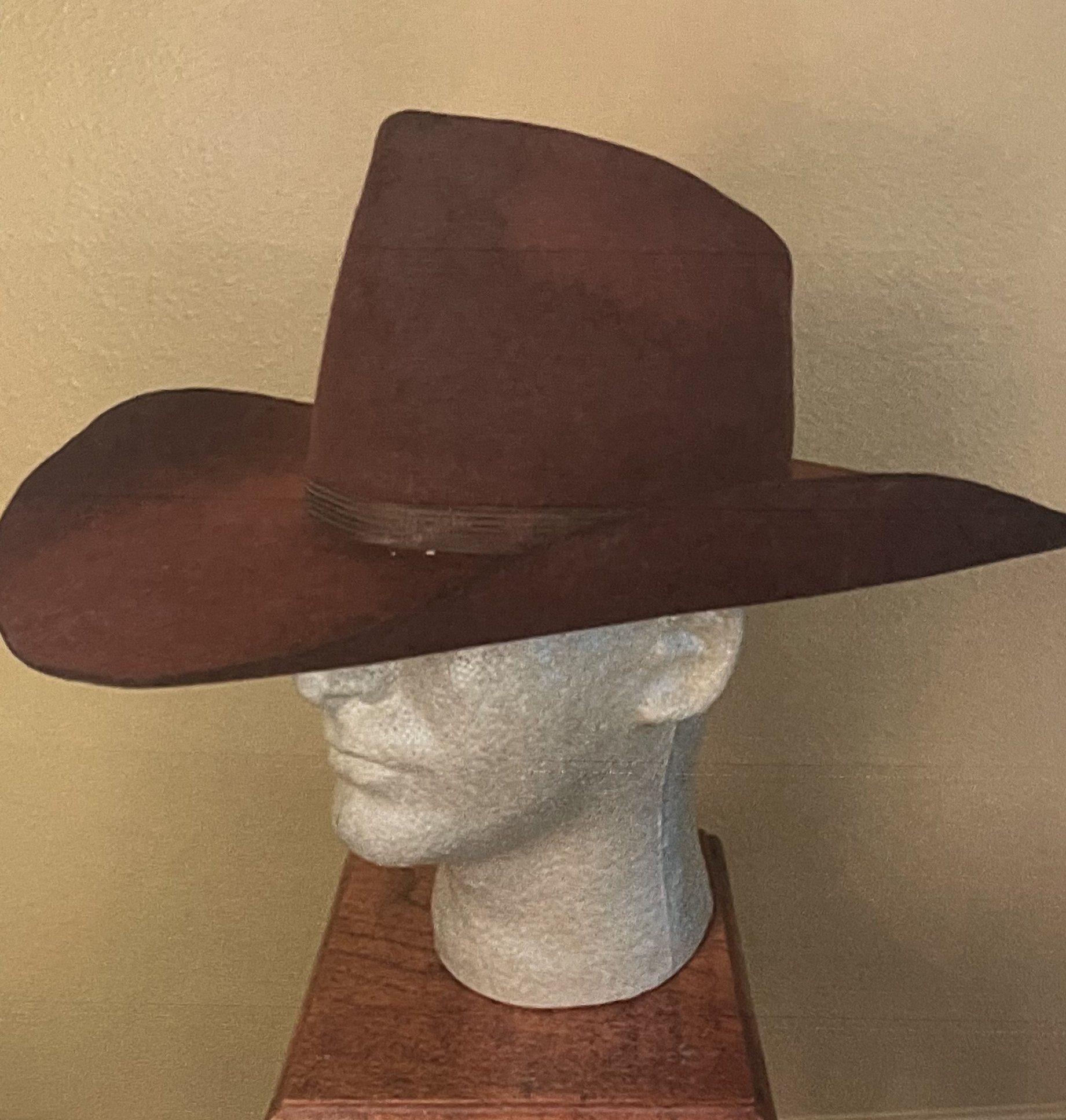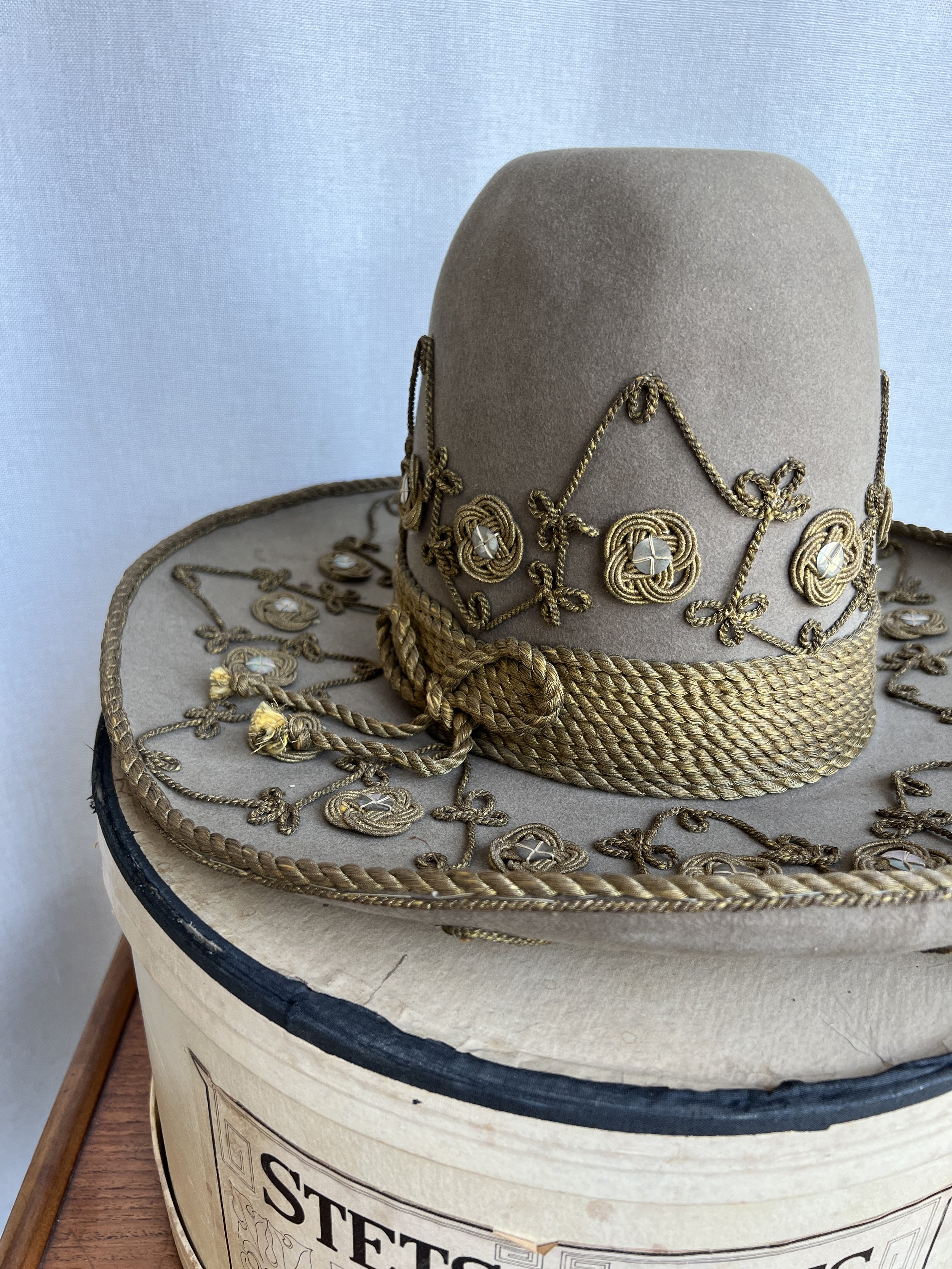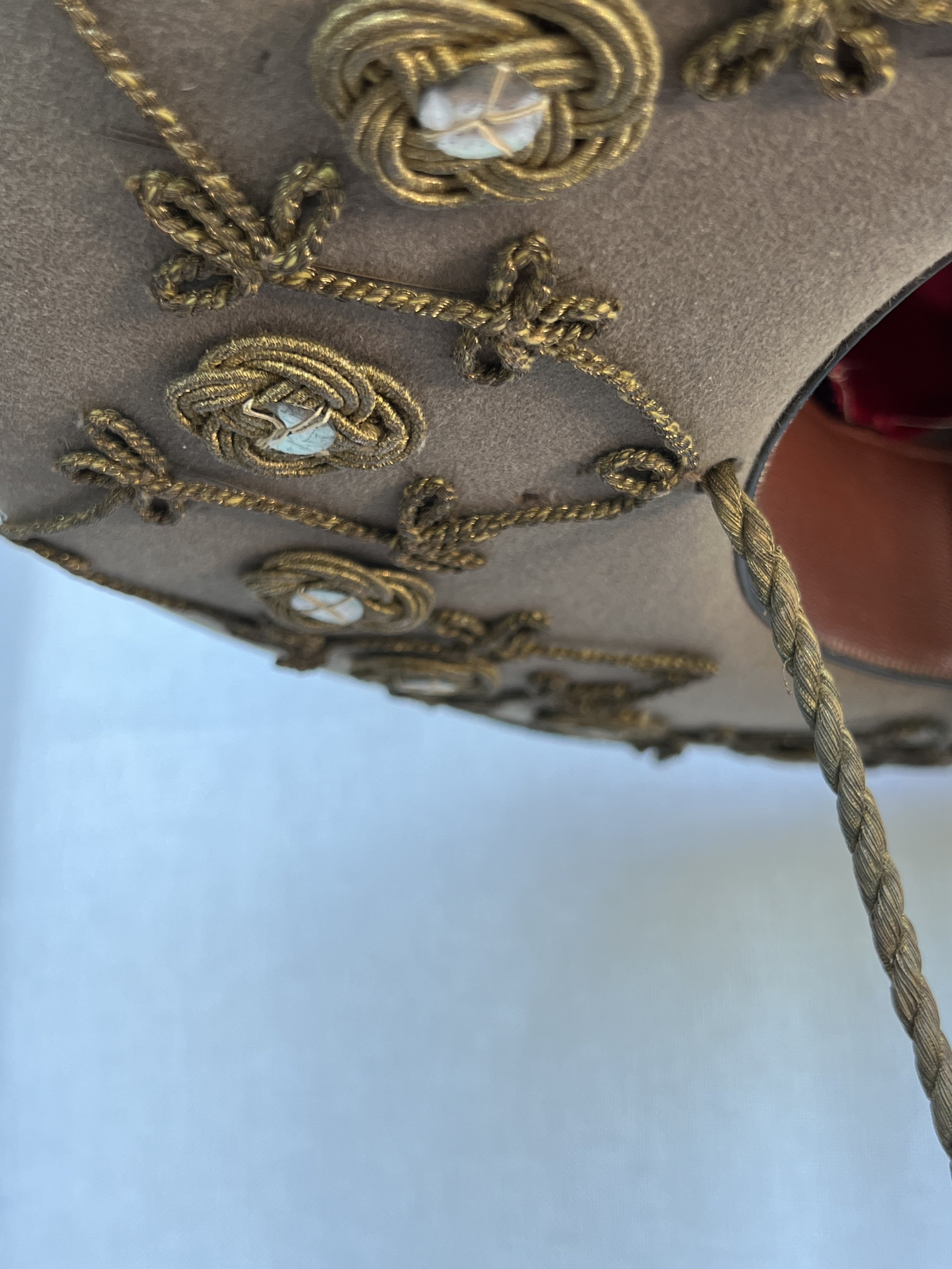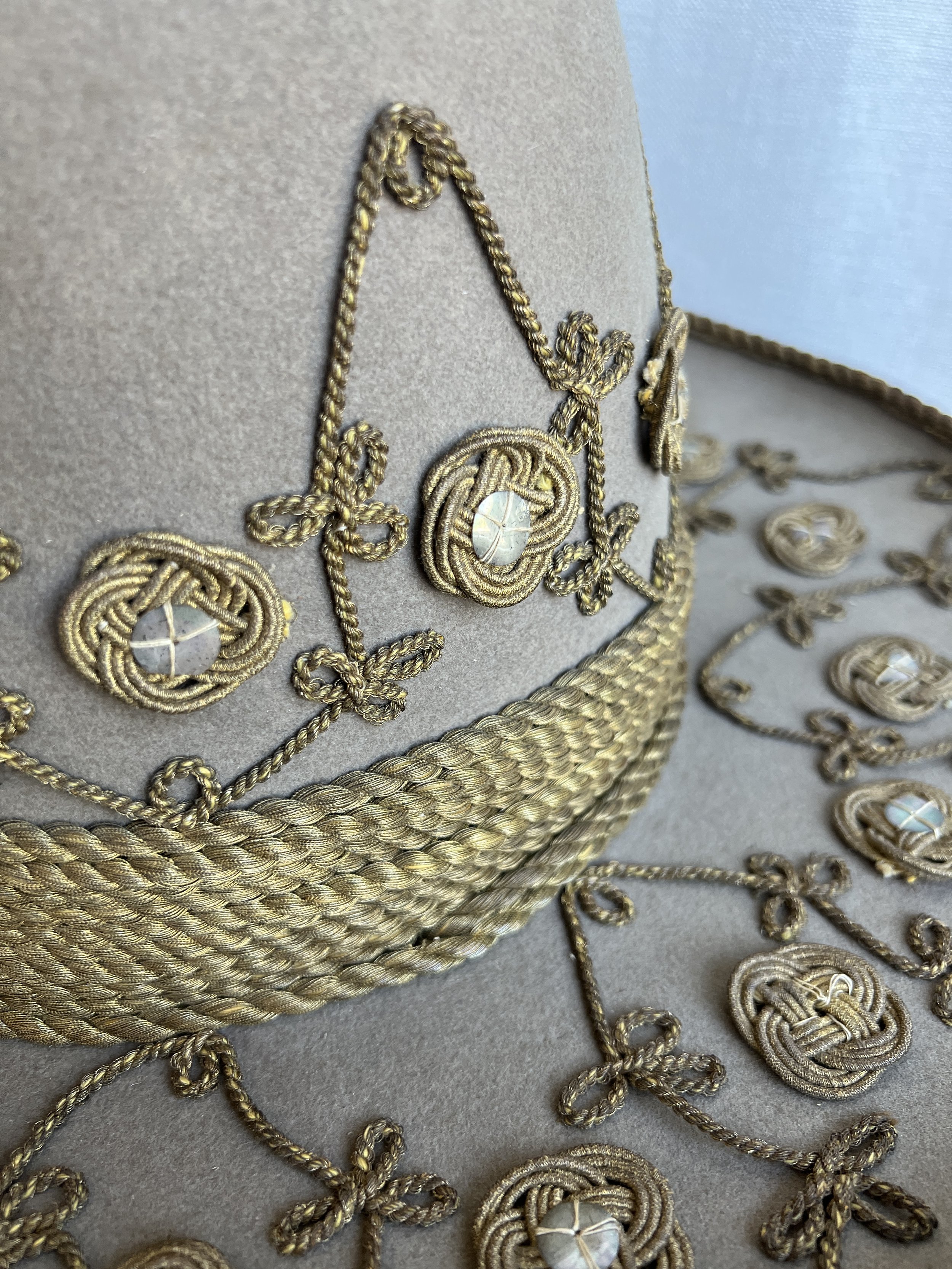➼ History & Context
Known now as the Colt First Model Dragoon, the Colt Model 1848 Percussion Army Revolver was designed for the Regiment of Mounted Rifles and Dragoon Regiments of the US Army to replace the unfortunately heavy and explosion-prone Colt Walker Revolvers. Along with various difficulties with loading and shooting quickly, the Walkers were so heavy they needed to be carried in pommel holsters on your saddle, and their longer barrels held too much powder, which along with easy-to-load-backwards Pickett bullets, had a tendency to explode in your hand when firing – not great. Enter the smaller and redesigned Colt Dragoon!
The First Model, first of three incipient models of Dragoon, began production in 1848 and had the shorter, 7.5 inch barrel, oval cylinder stops, a V-type mainspring, no wheel on the rear of the hammer, and a square back trigger guard – and was far less likely to be over-powdered or stick in the heat of battle. Though still heavy and often carried in pommel holsters, the Colt Dragoons were markedly lighter than the previous Walkers at 4 lbs 2 oz. Between 1848 and 1850, Colt produced only 7,000 of the First Model before making further design alterations to the cylinder notches for the Second Model.
Colt Dragoons were extremely popular amongst civilians as well as Army horsemen, especially in the 1850s and 60s, and several notable figures were known to use them. Along with bandits like Joaquin Murietta, Town Marshalls like James Douglas Byrd, and the Union General George B McClellan, “Wild Bill” James Butler Hickok was also known to carry a Dragoon, though rumor has it that it was not the revolver he used in his famous street duel with Davis Tutt. The Colt Dragoon also played a key part in the legendary story of Charley Parkhurst, a California teamster and stagecoach driver who used his Colt Dragoon to fend off attacking bandits.
The Dragoons, as popular as they are, hold a special and weighty place in American history, especially considering between all three models only 19,800 were ever produced for the American market.



























